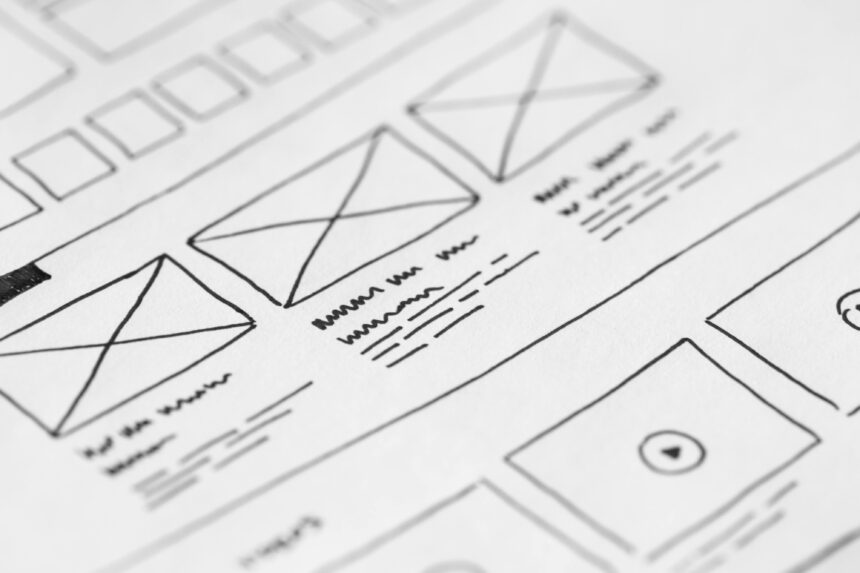If you own a business, chances are you already have or certainly need a website to spread out and reach a much wider customer base, and early in the process, you will be confronted with a choice that will determine your path going forward. Which main method of building a website will you choose? Now there are two main options, webflow and traditional coding, and which of these options is better for you depends on your own needs and wishes, as both methods come with certain advantages and disadvantages that you should be aware of before making a decision. So here is a little guide to give you the basics and give you the chance to make an informed decision that will have a lasting impact on your business.
Definitions
First, we need to understand what Webflow and traditional coding even are or what they entail before we can examine their differences and pros and cons in more detail. Webflow, like it is done at PaddleCreative, is a web design and development platform that lets users create websites without any code needing to be written, basically a drag-and-drop interface that streamlines the entire process of building a website that is not only very functional but also visually stunning. Traditional coding, on the other hand, is where the code has to be written “by hand” using CSS, HTML, and JavaScript. This requires a significantly steeper learning curve, but it also gives the developers more freedom and control over the design and functionality of the website. All this is to say, ultimately, the choice between traditional coding and Webflow will depend on the project’s goals, budget, and timeline, but regardless of which you choose, actually creating a website will give you an incredible opportunity to connect with a much wider audience and showcase your vision.
Webflow – Speed
You want a beautifully designed website that functions smoothly, which is exactly what Webflow lets you achieve, with its intuitive design tools, easy-to-understand interface, and plenty of features. It is no wonder then that more and more people are turning to it. It lets a developer design and develop the website in one place, which saves a lot of precious energy and time. Webflow’s built-in responsive design features also make it very easy and comfortable to create websites that look and work great on any device, an important detail today when a great percentage of people surf the web from their phones too. The developer can set “breakpoints” to specific screen sizes, which establishes an optimal layout for many different devices.
Maintenance and Updates
Traditional web development typically needs quite a bit of maintenance and manual revisions, where the developers have to manually integrate updated frameworks, plugins, or libraries whenever they become available, a process that is quite time-consuming. It can also introduce security holes or incompatibilities if upgrades are perhaps ignored or implemented, and Webflow is great here because it is cloud-based and updates can be applied automatically without interruption. With Webflow, you have a guarantee that your website has access to the newest bug fixes, speed advancements, and features, which means you will no longer need to worry about keeping track of all the updates and can instead concentrate on other, more important tasks.

Security and Hosting
Hosting and security are a big factor in traditional web development, and when you use a third-party hosting service, it adds a layer of expense and complexity. You need to find a trustworthy, reliable hosting company, configure the servers, and keep them all secure and updated. Another benefit of Webflow is that hosting is built into it, so when you build a website with it, it is automatically hosted on that company’s servers, and not only does it provide SSL certificates, but also monitors and refreshes your website constantly to ensure it is secure.
Control
If you want complete freedom and control over every aspect of your website, then you might prefer traditional coding instead, which comes with its drawbacks like a steep learning curve and needing to stay on track. Freedom comes with a lot more responsibility after all, and you will need to code, monitor, adjust, and do everything else when needed. In return, you will get much deeper customization options and control over every detail and aspect of your website.
In the end, it is up to you what you are looking for, and what you want your website to be like. If you do not care about every minor detail and just want a good-looking, highly functional, and smooth website, then Webflow can give you that, but if you want more control over every detail, then you might want to take a look at traditional coding instead.


